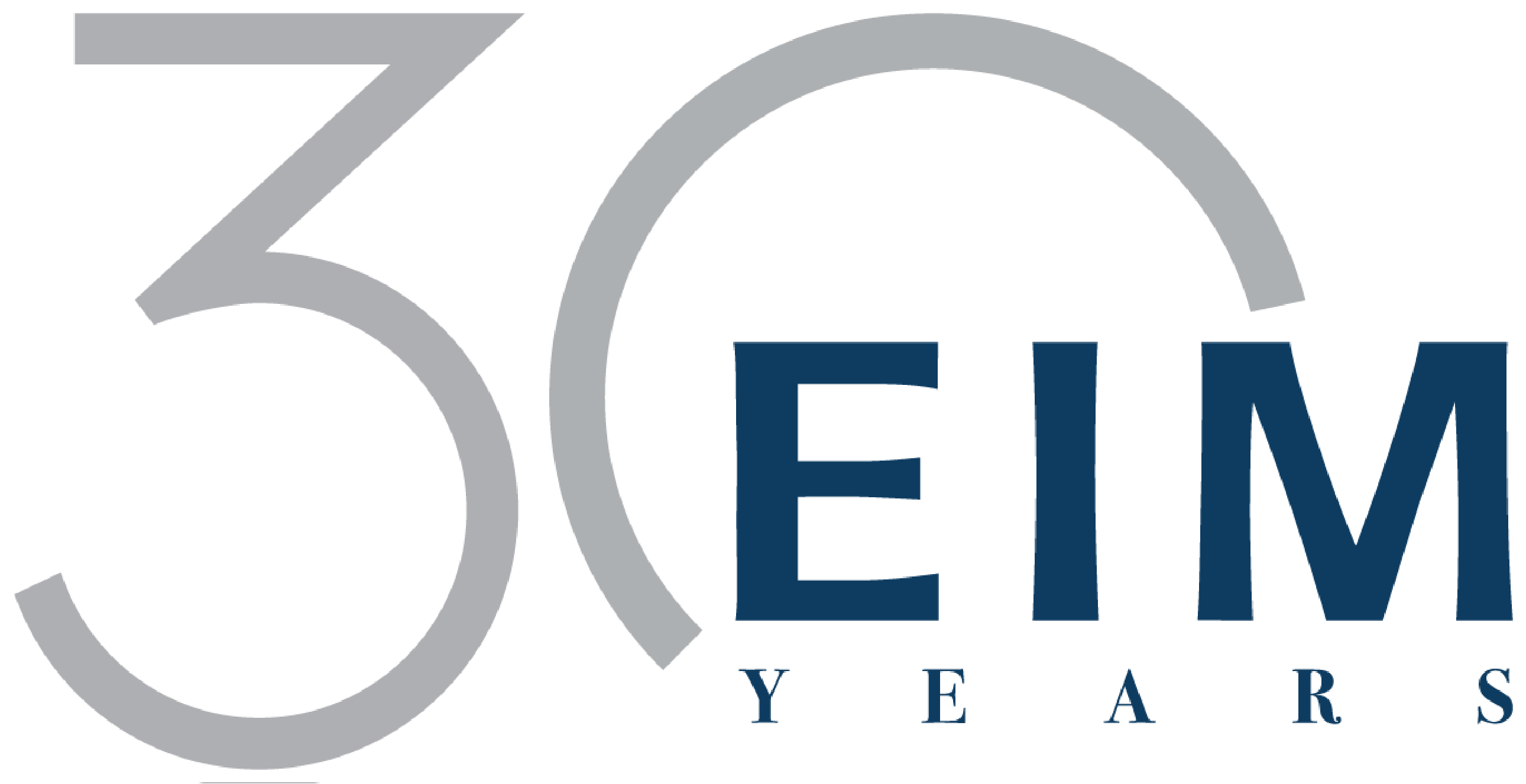
Agility Update February 2020
AN INDEPENDENT GLOBAL PARTNERSHIP BACKED BY THE EXPERIENCE OF OVER 10,000 ASSIGNMENTS WORLDWIDE.
Welcome to our first issue of Agility Update for 2020. To kickstart thinking in another year of turbulent change, our first article throws out a challenge: Should CEOs stand up and take more active roles in public issues? What do you think? Our next two articles are of a more practical bent. One offers pointers on analysing the landscape to pick technology winners. The other calls out the growing business opportunities in AgeTech or where the Longevity Economy meets Technology. May you thrive in 2020.
The case for corporate statesmanship
CEOs are influential political players because they control wealth, the fate of employees, and the products they market. Realistically, CEOs can aspire to statesmanship by acting for the common good and not just the immediate interests of their companies. What CEOs say carry weight and can help shape policy frameworks and change the game by influencing the collective will.
Take the example of Larry Fink, the chief executive of fund manager BlackRock. A year ago, Fink said chief executives should articulate what wider social purpose their companies serve beyond generating returns for shareholders. That message is credited with shifting boardrooms from a focus on ‘shareholder primacy’ to a new model focused on a wider range of stakeholders and sustainable long-term performance. Recently, Fink followed up by announcing plans to cut exposure to thermal coal and to increase sustainable assets 10-fold from US$90B today to US$1T within a decade. As the world’s largest fund manager with US$7T under management, the impact of Fink’s message should not be underestimated.
Should CEOs follow Fink’s example? Business leaders list three barriers to taking a more active role in public issues:
- concern about criticism others have experienced;
- shareholder pressure for short-term results; and
- belief that a CEO should focus on his/her company.
However, can business leaders afford not to step up? As BCG Henderson Institute argues, business cannot succeed if societies fail.
Read Where have all the corporate statesman gone? and The case for corporate statesmanship for advice on how to become a corporate statesman.
How to pick technology winners
Noted futurist and senior vice president of strategic planning at Salesforce, Peter Schwartz gives a master class on picking technology winners in this article. Technology forecasting, he says, requires examining three key factors and how they interrelate:
- The context in which the technology emerges, including current global political and economic forces as well as microeconomic factors, such as existing infrastructure which can make or break a technology, or delay its success.
- The viability of the technology e.g. jet packs are not likely to be feasible in the near future because it’s impossible to defy the laws of physics.
- The barriers to the technology’s success, like regulations and incumbent competitors among others.
In the article, Schwartz uses the example of digital assistants such as Amazon’s Alexa, Apple’s Siri, and Google Assistant and steps the reader through examining their evolution then applying the 3 lenses of context, viability and barriers to forecast the future.
He concludes: “Leaders willing to go through this process and educate themselves about new technologies using the three key factors detailed above are likely to spot trends earlier, encounter fewer surprise disruptions, and take the best course of action at the right time.”
Opportunities in Aging set to explode
‘Aging’ is not intuitive to many VCs or entrepreneurs immersed in the youth culture of technology. However, the term ‘AgeTech’ describing the intersection of Longevity and Technology is gaining traction as awareness of the sheer magnitude of the ‘gray dollar’ grows. The United Nations notes in its 2017 revision of World Population Prospects that adults 60+ year old numbering 962 million or 16% of the total population in 2017 are growing faster than all age groups and are projected to more than triple to 3.1 billion or 27% by 2100.
Globally, the Longevity Economy, defined as the sum of all economic activity serving the needs of older adults, is expected to hit US$20T this year. Estimates by one VC operating between Boston, New York and London is for 21% annual growth in the global AgeTech market for a potential of US$2.7T assuming digitisation at 10% in four categories:
- Services purchased by older people e.g. Pill-Pack, a company recently acquired by Amazon for US$1B that assembles medications and delivers them in a package designed to avoid errors.
- Services purchased on behalf of older people e.g. online food delivery services like Meals on Wheels and home care.
- Services traded between older and younger people e.g. ways for an older person to ‘bank’ care hours baby-sitting, to be ‘spent’ for their partner’s or parent’s care needs.
- Services delivered to future older people e.g. programs to prepare for a healthy old age.
Read AgeTech: The next frontier market for technology disruption and The secret of investing in the €3.7T age tech market. For more ideas and start-ups already in the market, see AgeTech Market Map 2019, Five promising European Age-Tech startups serving the elderly and Funeral tech startups expand your posthumous possibilities.


EIM AUSTRALIA
EIM (Executive Interim Management) was founded to meet the need in client organisations for experienced leaders at short notice to facilitate and accelerate change. We are an independent global partnership backed by the experience of over 10,000 assignments worldwide.
Arrange a consultation >